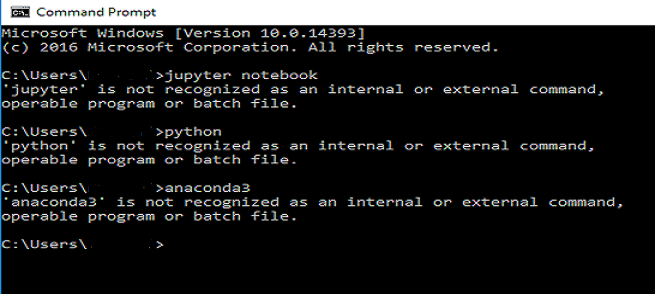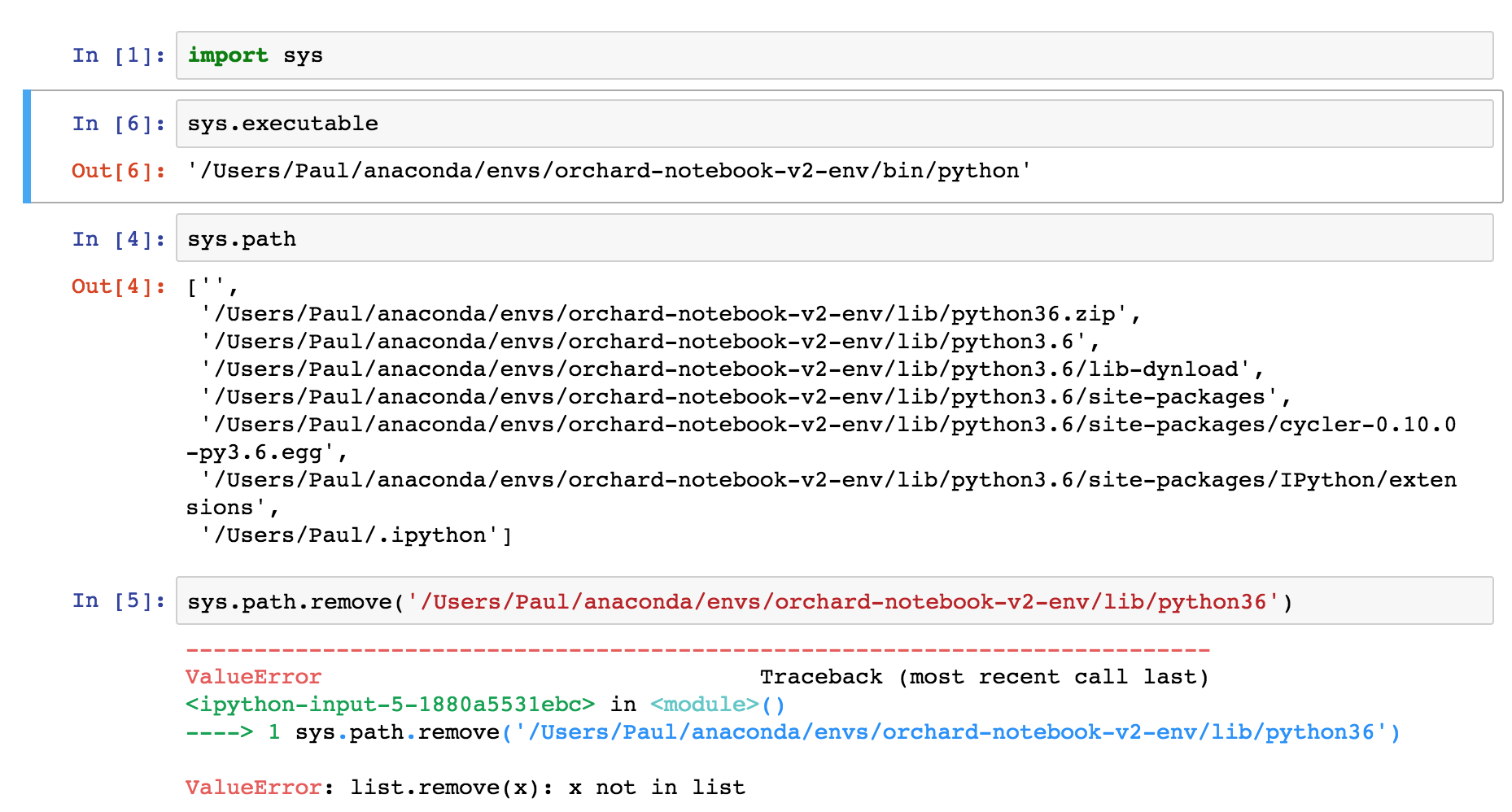

- PIP INSTALL JUPYTER NOTEBOOK IN TERMINAL HOW TO
- PIP INSTALL JUPYTER NOTEBOOK IN TERMINAL SOFTWARE
- PIP INSTALL JUPYTER NOTEBOOK IN TERMINAL CODE
- PIP INSTALL JUPYTER NOTEBOOK IN TERMINAL WINDOWS

To run the variable we need to hit the run button.

Suppose we create a simple variable x and initialize it with a value of 5.
PIP INSTALL JUPYTER NOTEBOOK IN TERMINAL HOW TO
How to run a Python program in Jupyter Notebook – Coding So this gives us access to all the cells where we can start to write our Python code. This will open a new Python notebook which is a new ipynb file named untitled since we’re yet to save it. To proceed we need to click on Python 3 which is the first tab on this window. In this case, JupyterLab has been set to a dark theme, however, it may also open in white mode which can be changed under the setting menu. This will open a window that is shown below in the browser. The URLs are similar to the ones shown below. Paste it on your favourite browser and press the enter button. If Jupyter does not automatically open in your browser, please go ahead and copy one of the URLs at the bottom of the text generated after running the launch command. Jupyter may also automatically open after running the command below in the command prompt. This command is going to start the local server so that we can access Jupyter using the browser. To launch JupyterLab, we need to type the command below in the command prompt and press the enter button. How to run a Python program in Jupyter Notebook – Launching JupyterLab If you’re running Jupyter on a different operating system, refer to the official Jupyter website f or the correct command to install Jupyter.
PIP INSTALL JUPYTER NOTEBOOK IN TERMINAL WINDOWS
We have now successfully installed Jupyter in our windows system. Once PIP is in place we can now install Jupyter by typing the command below in the command prompt and pressing the enter button. However, we need to note that PIP i s automatically installed with Python 2.7. Now to install Jupyter using PIP, we first need to have PIP installed by running the command below in the terminal. On the other hand, we can also use PIP which is equally a package installer.
PIP INSTALL JUPYTER NOTEBOOK IN TERMINAL SOFTWARE
There are two main ways that we can use to install Jupyter we can use Conda which is an open-source package management system for installing multiple versions of software packages and other dependencies. How to run a Python program in Jupyter Notebook – Installation While on this window we need to click the Install option on the navigation bar. JupyterLab is a web-based interactive development environment for Jupyter notebooks, code, and data while Jupyter Notebook is an open-source web application that allows you to create and share documents that contain live code, equations, visualizations and narrative text. As of today, Jupyter offers two main products: the Jupyter Notebook and the JupyterLab. So to get Jupyter installed we first need to visit the official Jupyter website. Jupyter installation requires Python 3.3 or greater, or Python 2.7, these versions can be found and installed from the official python website. Installing Jupyter Notebookīefore we can get started with installing Jupyter we need to make sure that Python is installed.
PIP INSTALL JUPYTER NOTEBOOK IN TERMINAL CODE
Using the Python kernel a computational engine that runs code that is typed within the notebooks, code is executed and the result neatly displayed immediately after each cell. Its intuitive user interface allows users to easily create, edit and run notebooks as a web application on any browser. In this article, you’ll learn how to run a Python program in Jupyter Notebook. Jupyter notebook is highly popular in the data science field since it allows developers to bundle data, code and visualizations into a single notebook hence easy to comprehend. Jupyter is an open-source interactive development environment that allows developers to create and share documents containing code, visualizations and text. One more add-on that it supports more than 40 programming languages including R and Scala.How to run a Python program in Jupyter Notebook It provides the server so that you can run your projects either on the local computer or remotely. We can also say that Jupyter is the evolution of the iPython notebooks. Notebook simply means the project code created in the Jupyter environment.Įarlier, Jupyter was known as iPython i.e. Jupyter notebook provides the feature to easily share the notebook with other users. It’s easy to understand the code in Jupyter notebook than other IDE’s. The web application where you can visualize the live code i.e. Jupyter is the web-based interface used for code analysis. Let’s first learn what is Jupyter notebook. Starting Jupyter Notebook Server on Ubuntu/Debian.Installing Jupyter in Ubuntu/Debian without Anaconda.Install Jupyter in Ubuntu/Debian with Anaconda.


 0 kommentar(er)
0 kommentar(er)
